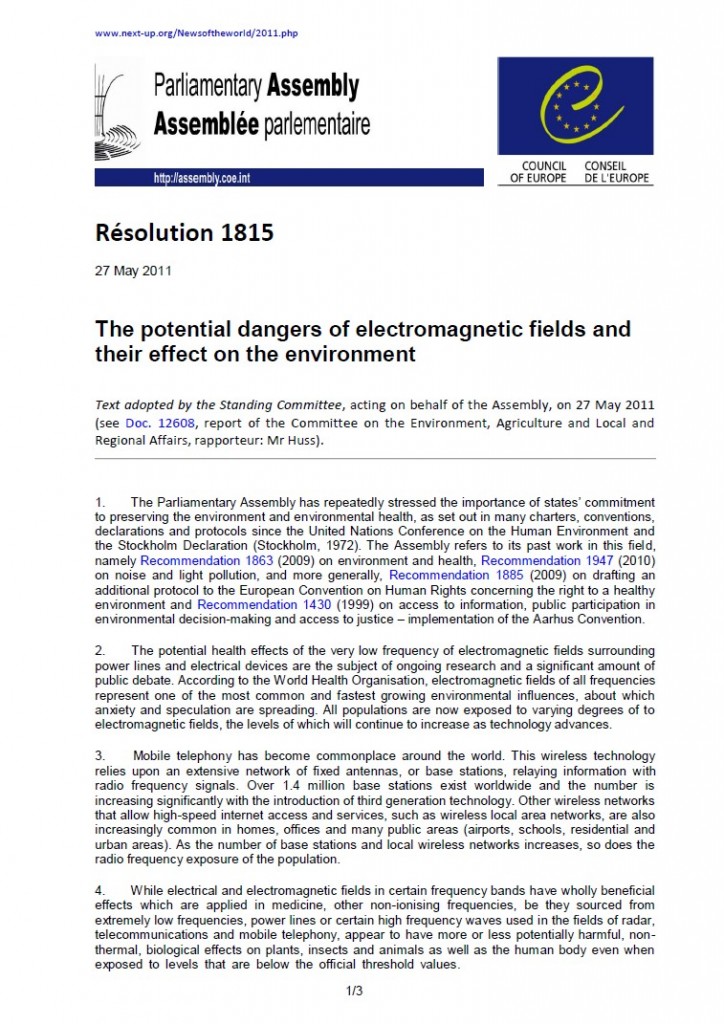Portada del sitio > Fauna > INDIA: Cellphone towers disorient homer pigeons
INDIA: Cellphone towers disorient homer pigeons
Sábado 1ro de enero de 2011 · 1802 lecturas
�Cellphone towers disorient homer pigeons’
Express News ServiceFirst Published : 27 Dec 2010 03:33:19 AM ISTLast Updated : 27 Dec 2010 08:24:26 AM IST
CHENNAI: Even as pigeon-racing finds more patronage in the city, urbanisation has begun to pose new threat to mankind’s oldest messengers - the homer pigeons - as more and more cellphone towers sprout in the city.
Pigeon lovers contend that the mushrooming cellphone towers across the State, and especially in Chennai, are making the birds lose their biggest asset - quickly reaching a place. Homer pigeons, a pedigree known best for its ability to spot its home and reach it at the quickest, have also become victims to the bane of urbanisation, said Sankaralingam, president, Chennai Homer Pigeons Association.
“Homer pigeons usually take only 45 seconds to fly a kilometre. Cellphone towers hamper their flight, forcing them to take a more elaborate route, thereby impairing their advantage of reaching a place at the fastest. “Earlier, before the advent of cellphones, if I liberated 100 pigeons in my Kodungaiyur neighbourhood, all would return home in a couple of minutes. Recently, many pigeon fanciers noted that their birds took a longer time to reach short distances. Discussion showed that this phenomenon occurred in places where cellphone towers were coming up,” he explained.
Now, only about 70 of 100 pigeons were able to traverse the same distance within the given time-frame, he said. There is also a study that suggests that pigeons, which fly using the earth’s magnetic field, are getting confused by signals from cellphone towers.
At an event held to distribute prizes for pigeon-racing earlier this year, Mayor M Subramanian observed that pigeons and sparrows were becoming difficult to spot in the city owing to urbanisation.
Ver la noticia original AQUÍ







